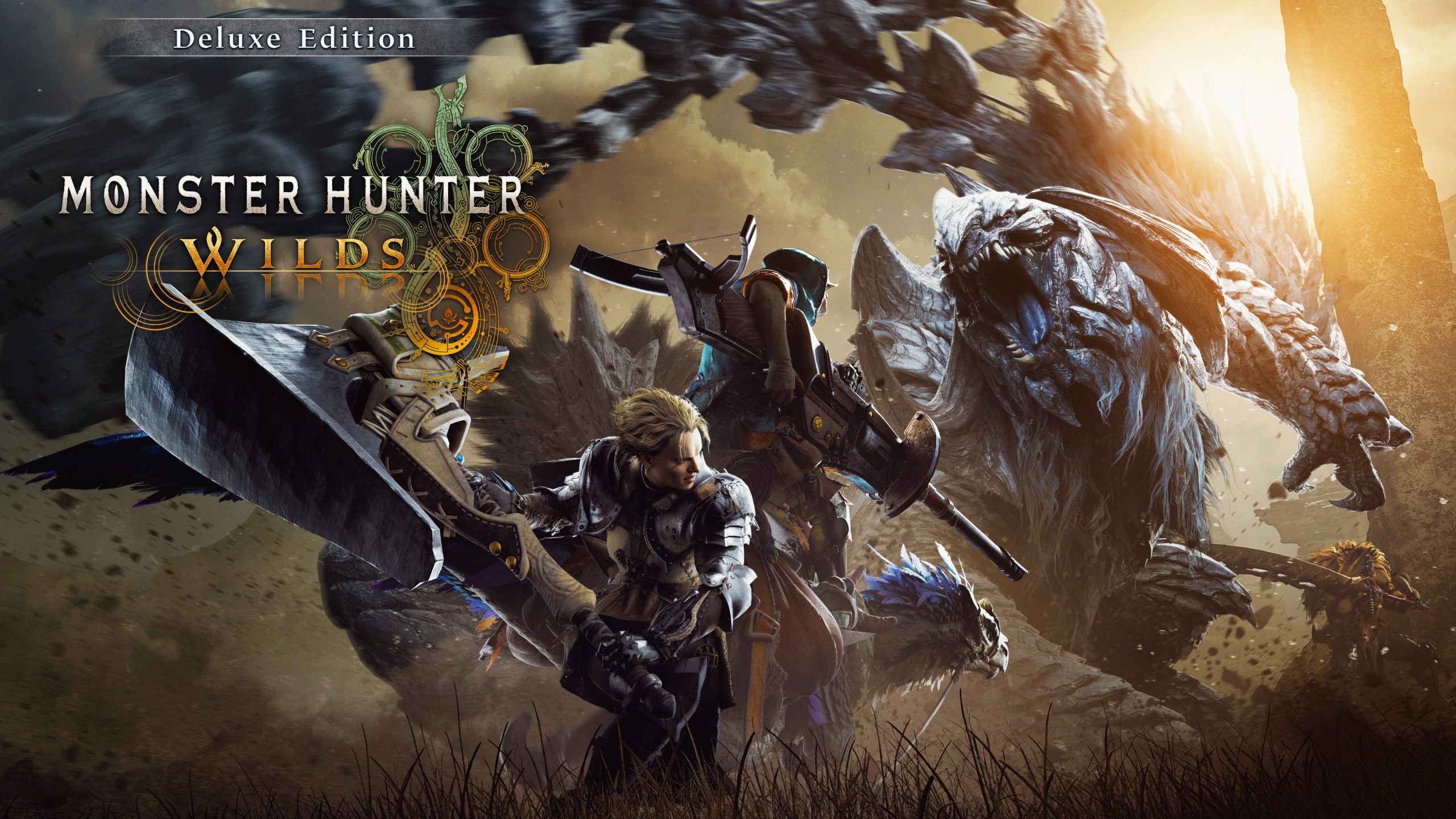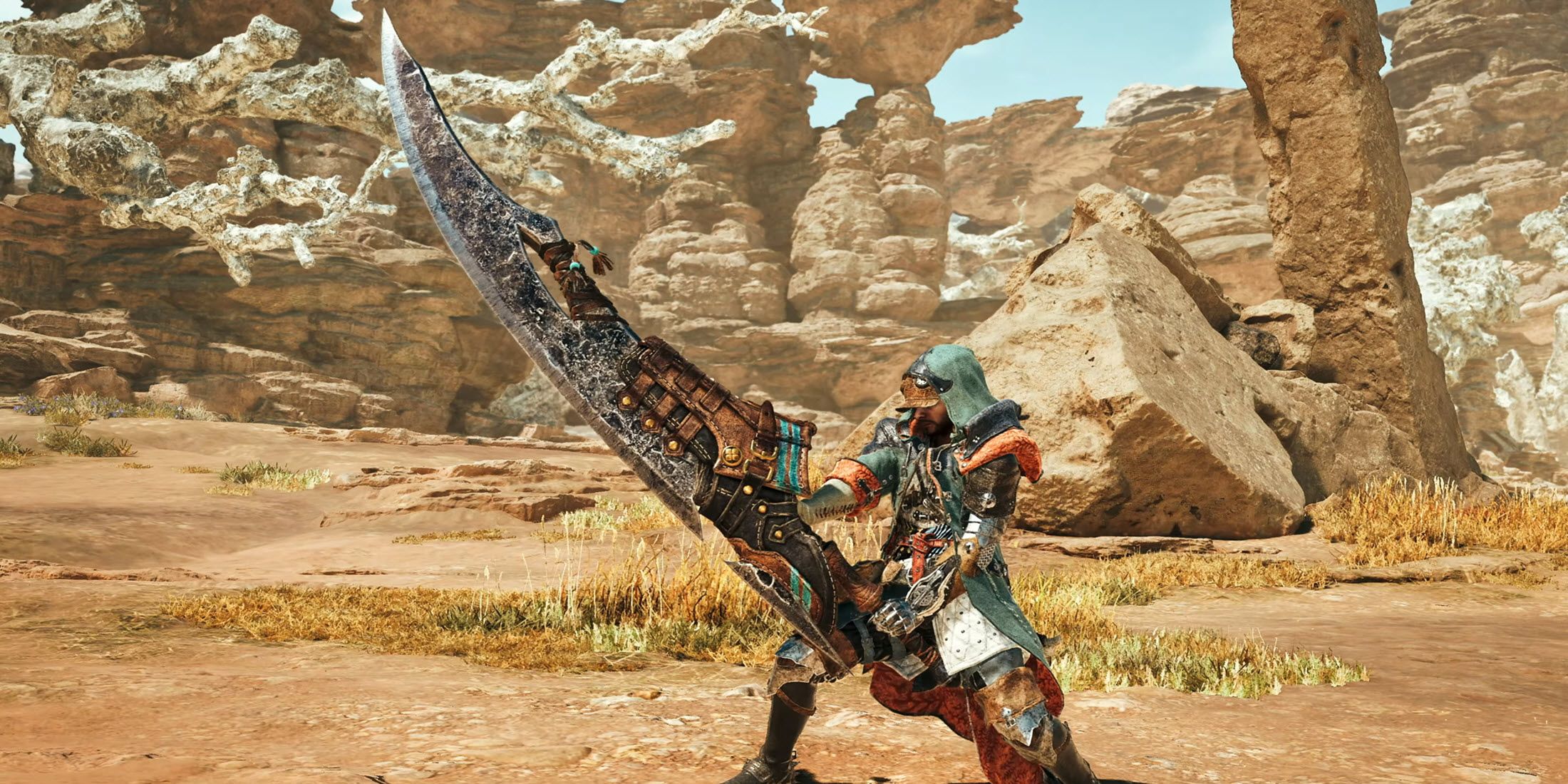2024 marks the 20th anniversary of Monster Hunter. For twenty years, Capcom’s franchise has been a significant source of revenue for the Japanese publisher. Each new release in Japan is a notable event, to such an extent that some companies there offer their employees paid leave on the day a new Monster Hunter game launches. This demonstrates how much Capcom’s franchise has become a societal phenomenon in Japan. However, until a few years ago, Monster Hunter was primarily popular only within Japan; it did not gain international attention. I clearly remember the often-empty Monster Hunter booths at the Tokyo Game Show during the 2010s, largely ignored by Western media. But that was then.
Hush, It’s “SECRET”
The movements are so fluid that it feels as though the creature is alive. Observe how it leans to move right or left, trots, runs, or adapts to different terrains with its incredibly sturdy legs; every step and directional change in animation is meticulously detailed, making for an incredibly satisfying experience. Furthermore, Capcom has cleverly incorporated a feature where our character can mount the Seikret by simply whistling, eliminating the need to press another button once it is nearby. This enhances fluidity and primarily dynamizes gameplay, as the Seikret becomes more than just a means of transportation; it also serves as a valuable aid during battles. Not only can other creatures be pursued more efficiently, but one can also circle around and jump onto their backs when necessary. Additionally, the Seikret functions as a mobile arsenal, allowing for weapon changes or recharging by climbing onto its back to perform these maneuvers.
Monster Hunter, by its nature, primarily revolves around hunting monsters that have done you no wrong, but this is in line with the natural order, reflecting the classic food chain. In Monster Hunter Wilds, there is a genuine story to follow. This narrative aims to engage players, particularly those from Western regions, where a game’s plot holds as much significance as its gameplay. The focus will be on discovering a lost civilization that has been isolated for 10,000 years, believed to still be alive but cut off from the rest of the world. Monster Hunter Wilds aims to enhance this immersion by creating a living, evolving world where fauna and flora coexist harmoniously, even if not in perfect balance.
ORGANIC
Certainly, one of the most notable aspects from these three hands-on hours is the vibrant life that permeates this open-world environment. Crowded villages teem with activity, and creatures traverse the plains alone or in herds, interacting with each other. It is not uncommon to observe animals fighting for survival—a phenomenon present before but seemingly amplified by AI enhancements introduced in Wilds. Herbivores fall prey to carnivores, smaller creatures evade larger predators, creating a scene that feels organic and alive, punctuated by natural elements such as lightning striking the ground, rain falling, or night descending almost magically. However, one of the major drawbacks of the game is the instantaneous transition from night to day and abrupt seasonal changes, which appears to be a bug that Capcom needs to address in order to maintain this sense of organic realism, as these inconsistencies detract from the immersive experience.
CAPCOM’S HARD TARGET
The six years between “Monster Hunter World” and “Monster Hunter Wilds” have given Capcom’s development teams the opportunity to refine their game and enhance its mechanics. One of the improvements facilitating a better pace is the removal of constant back-and-forth movement during monster hunts. Players can now establish temporary camps at any location, enhancing immersion in the hunter experience. While these makeshift camps do not replace primary camps that are essential for resource gathering, social interactions, and relaxation spots vulnerable to destruction by monsters, they save time and allow players to engage more deeply with their roles.
However, what remains unchanged is the choice of weapons, still impressively diverse, requiring careful consideration before deciding which weapon to master. Each weapon type demands a genuine commitment from the player, who must learn to wield them and understand their strengths and weaknesses to avoid being left defenseless against formidable creatures. Defeating these creatures will take time and considerable thought; simply spamming the attack button won’t secure victory, as these creatures are resilient and rarely solitary. Attempting to take down a herd can even be suicidal. In Monster Hunter Wilds, you’ll need to learn to assess the situation, scare off the herd by throwing feces to separate them, and spot the alpha male. Remember, weather conditions and unpredictable situations will also impact your battles. A sandstorm can reduce visibility, slow your movements, and alter the terrain; lightning can even be fatal. Never underestimate the weather.
For over six years, Capcom has been developing Monster Hunter Wilds, which is likely the most ambitious installment in the series. Built upon the foundations of World and its 25 million sold copies, Capcom now feels confident to expand beyond Japan’s borders with this licensed product. The Japanese studio continues to innovate by offering a refined version of Monster Hunter World, incorporating elements from Rise while maintaining the epic approach and organic open world and universe of animals. In just 2-3 hours of gameplay, we have only glimpsed the many possibilities that Capcom has in store. With its release scheduled for February 28, 2025, players can anticipate further exploration of this richly detailed game. Stay tuned…
Have any thoughts?
Share your reaction or leave a quick response — we’d love to hear what you think!



